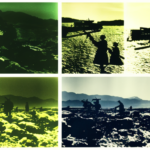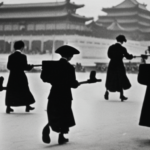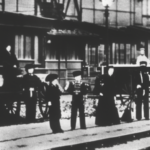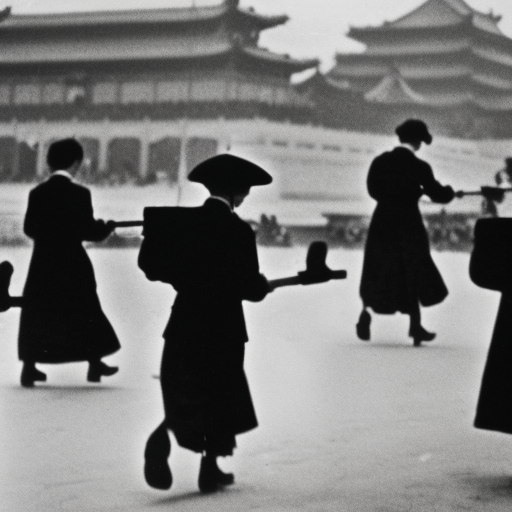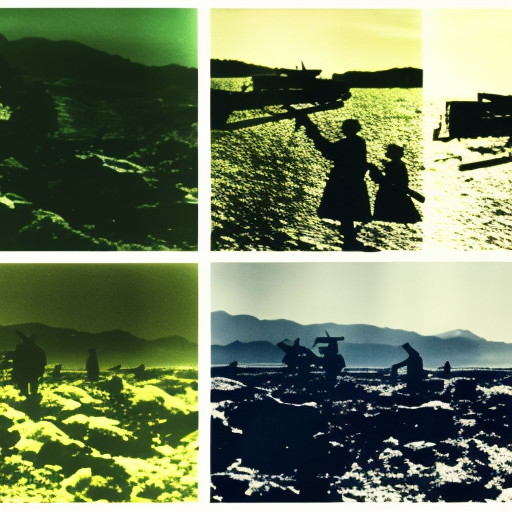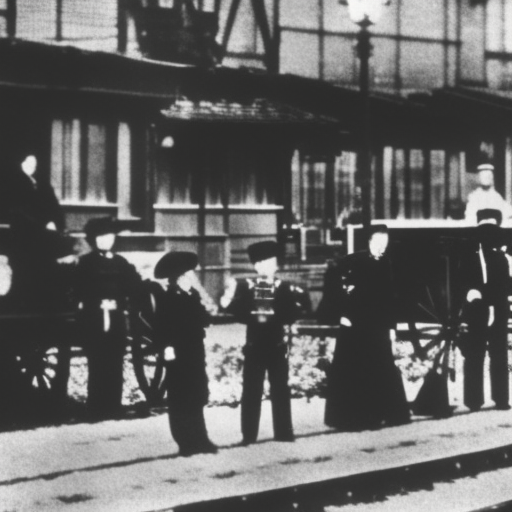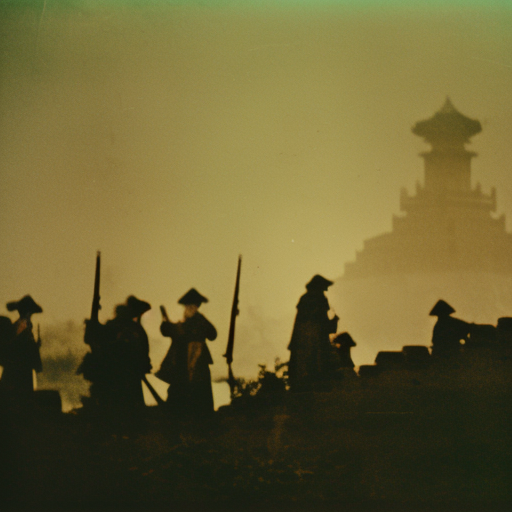The Chinese Civil War (1927-1950)
The Chinese Civil War was a conflict that took place between the Chinese Communist Party (CCP) and the Nationalist Party (Kuomintang, or KMT) from 1927 to 1950. The war marked a struggle for control over China and ultimately resulted in the victory of the CCP and the establishment of the People’s Republic of China.
Background
The roots of the Chinese Civil War can be traced back to the fall of the Qing Dynasty in 1911 and the subsequent power struggle between various factions. The KMT, led by Sun Yat-sen, emerged as a major political force and aimed to establish a unified and modern China. However, the KMT faced internal divisions and external pressures from warlords and foreign powers.
The First United Front (1924-1927)
In an effort to unite against warlords and foreign influence, the CCP and the KMT formed the First United Front in 1924. This alliance, led by Sun Yat-sen and the CCP’s leader, Mao Zedong, aimed to establish a democratic republic in China. The United Front achieved some success in the Northern Expedition, which aimed to reunify China under KMT control.
The Split and the Shanghai Massacre (1927)
However, tensions between the CCP and the KMT soon escalated, leading to a split in the United Front. In 1927, Chiang Kai-shek, who had succeeded Sun Yat-sen as the leader of the KMT, launched a violent purge against the CCP in Shanghai, known as the Shanghai Massacre. This marked the beginning of the open conflict between the two parties.
The Long March (1934-1935)
Following the Shanghai Massacre, the CCP was forced to retreat and regroup. They embarked on the famous Long March, a grueling journey covering thousands of miles through rugged terrain. The Long March allowed the CCP to escape the KMT’s pursuit and rebuild its forces. It also solidified Mao Zedong’s leadership within the party.
The Second United Front (1937-1945)
The outbreak of the Second Sino-Japanese War in 1937 brought a temporary truce between the CCP and the KMT. The two parties formed the Second United Front to resist the Japanese invasion. Despite their differences, the CCP and the KMT cooperated in fighting against the common enemy.
The Chinese Civil War Resumes (1946-1949)
With the end of World War II and the defeat of Japan, the Chinese Civil War resumed. The KMT, weakened by corruption and internal divisions, struggled to maintain control. The CCP, on the other hand, had gained popular support through its land reforms and guerrilla warfare tactics. The decisive turning point came in 1949 when the CCP captured Beijing and established the People’s Republic of China.
Aftermath
The victory of the CCP in the Chinese Civil War had far-reaching consequences. The KMT retreated to the island of Taiwan, where it continued to claim legitimacy as the government of China. The People’s Republic of China, under the leadership of Mao Zedong, implemented a series of radical reforms, including collectivization of agriculture and the Great Leap Forward. These policies had significant social and economic impacts on China.
Conclusion
The Chinese Civil War was a complex and protracted conflict that shaped the course of modern Chinese history. It pitted the CCP against the KMT and resulted in the establishment of the People’s Republic of China. The war had a profound impact on Chinese society and laid the foundation for the communist regime that still governs China today.
